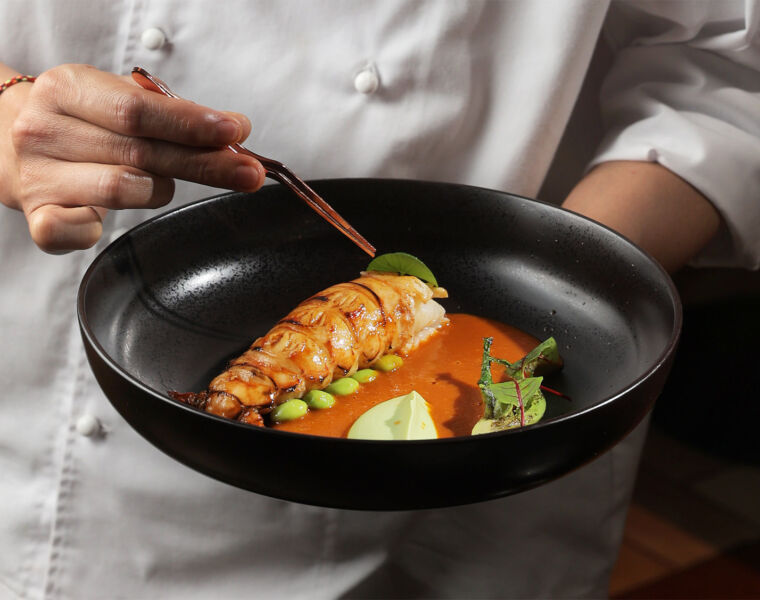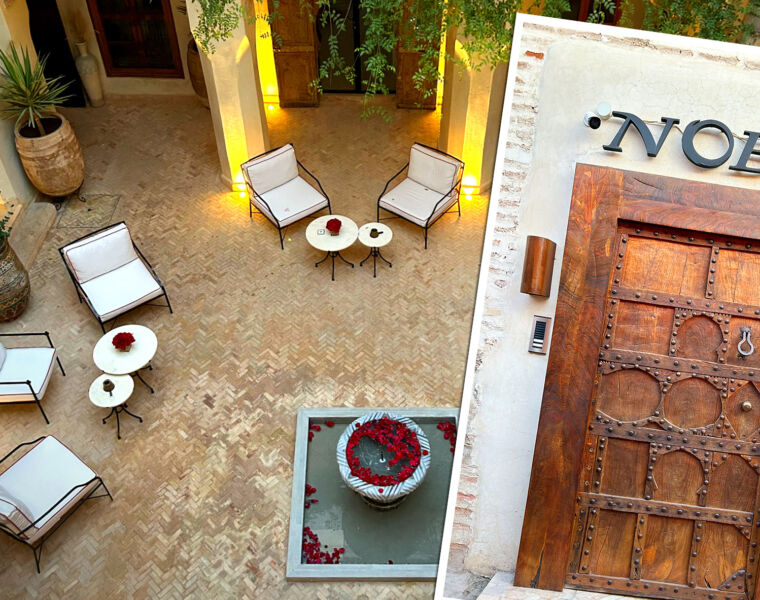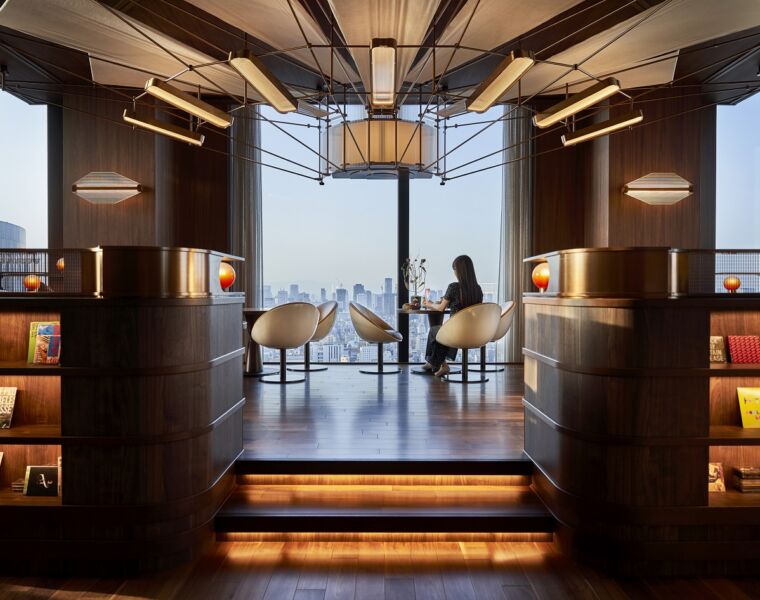
The key challenges to many winegrowers today are the effects of climate change, among them unpredictable weather patterns. To combat this, many vineyards have installed heaters, as well as weather stations to record precipitation. The results are then fed through to smartphones. This method also helps to predict frosts.
Vineyard satellite mapping
“For the last three years we have used satellite mapping (Oenoview) of our blocks,” says Vincent. “This helps us to understand the strength of the vine in each block via colour coding. Blue or purple signifies lack of nutrients, while dark and light green signifies good vigour. It’s precise to the metre.”
Such accuracy (a photo is taken every two to three years) even tells Vincent which grasses should be grown between the rows, and whether or not to increase competition in the rows. Thanks to the Oenoview technology, fertilisers can be added in different measures across the same plot, instead of blanket coverage across the entire vineyard. A revolutionary concept that’s yielding fruitful results, especially since spreaders are now embedded with GPS.

“The GPS in the spreaders also helps us in winter for weed management; in spring for new plantings and in summer for de-leafing, soil analysis and in autumn to time the harvests.”
The real step change is that quality has taken priority over quantity. And LGCF is unafraid to experiment. Previously at Château Cantin, the Cabernet Sauvignon was in a low-lying area due to frost risk.
“Now we have decided to put Merlot in there, knowing the frost risk but it will produce better fruit,” says Vincent. “It’s all about the quality. Extraction is now better since the grapes are more balanced.”
Organic fertilisation
The fertilisers used at LGCF properties are all organic matter. No synthetics are used at all and the tractor is programmed so it gives specific doses in each vineyard parcel. This method is more economical and also healthier for the vine.
Harvesting techniques
Harvests across the Bordeaux portfolio are decided according to traditional berry tasting, as well as chemical analysis and photo technology. Each harvest is tailored to each château and each block. As a result, Vincent’s harvest begins in August in the Entre deux Mers properties with white wines and finishes in late October with the last blocks of Sauternes.
Are there many farmers with small parcels who are selling now? “Yes, increasingly,” Vincent tells me. “As the average age among the Bordeaux vineyard owners increases, the issues of succession and inheritance arise – especially if the vineyard isn’t profitable.”
Prices for vineyards depends on the appellation. They can start at €20,000 a hectare up to €6,000,000 a hectare in Margaux. Wine is big business.
Wine Extraction
The objective of each harvest is to secure fruitful wines, so the extraction is generally soft and delicate during the fermentation and maceration. The group uses Burgundian barrels so as not to overpower the fruit. At Château Cantin 50% of production is matured in new oak casks and the rest in 1-year-old barrels.




You must be logged in to post a comment.